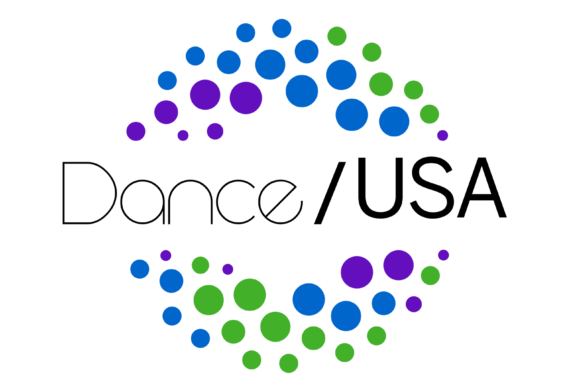Dance/USA’s Engaging Dance Audiences Awards Nearly $1 Million to 20 Members
Twenty Dance/USA members receive nearly $1 million to support innovative audience engagement activities that will serve as best-practices models for the field. Read on for details of the grant recipients.
Two Shoes, Same Foot: Vernacular Dance & Concert Dance, Part 2
As a teenager I was reluctant to openly study hip-hop dance although I
loved the music, like much of my generation, because I had a vague fear I
might be “stealing” it. It took a lot of pain and discomfort from many
areas of my dance training to realize that no matter what my focus was
going to be, racism was an element of so many stories in American dance
history that it could not be avoided – and that ignoring it would not
make it go away. It might make it worse.
Dance: Is It a Field Endangered? What Can We Do?
Join Dance/USA and From the Green Room in an online discussion on the state of the field. Here is where the discussion to implement change and share new ideas, models, methods or practices that can help us acclimate to this shift in the field. What do we want: stability, job opportunities, long-term contracts, insurance? We look forward to your fruitful and productive contributions to this conversation.
It’s All in the Journey
An artist-centered sharing of culture and creativity is a practice
embraced by many choreographers; serving an essential purpose in
fortifying artistic inspiration and creative explorations, stimulating
the artistic journey from the studio to the stage.
Making a Mark: Dance and Social Justice
Increasingly, community outreach is just the tip of the iceberg for some dance companies, and artists and social justice organizations are finding mutual benefits to deeper and more prolonged partnerships. That deliberate choice of engagement, as opposed to outreach, seeks to erase some of the traditional hierarchies between dancers and community members.
Program Notes: Are We Editing Out Our Dance Legacy and Missing a Means To Engage Audiences?
Why is it that, often, when I read choreographers’ biographies in performance program notes, I can’t find any information about their artistic evolution: who they studied or danced with, who was their mentor, or who inspired them to become a dance maker? I miss learning about dance artists’ choreographic development.
Telling Your Dance Company’s Story Through Social Media
Someone should choreograph a dance about the sweeping importance of social media and the ups and downs of trying to manage a social media presence. No sooner does an arts organization begin to use “the next best thing” when something new, shinier, and sexier takes its place.
From the Sun King to Twitter: Ballet Branding, Then and Now
American Ballet Theatre soloist Daniil Simkin examines individual branding and marketing: “I am branding myself. No, I am not applying a hot iron to my buttocks as cowboys do with steers. But I am doing something that, at least among some of my colleagues, is equally as controversial. I am attempting to make myself into a ballet product.”
Focus on Dance Writing, Content Creation, and Audience Engagement
Perhaps then, teaching dance-lovers the importance of entering the conversation may be a better project to undertake. Dance writing, whether it appears online or in print, begs a response from the community. With the advent of new media, dancers, choreographers, and dance enthusiasts have more opportunities than ever to share thoughts and opinions and so sustain their field.



Two Shoes, Same Foot: Vernacular Dance & Concert Dance
Does concert dance happen in a concert hall? Master Juba or William Henry Lane performed in
theaters and halls across the United States in the mid-19th century. Does “concert dance” imply
some level of professional commitment or success? Lane, a black percussive dancer, toured
internationally, receiving top billing over his all-white
minstrel troupe. Does “concert dance”
suggest some level of peer review or development of craft? Percussive dancer Emily Oleson ponders these issues and others. Read on.